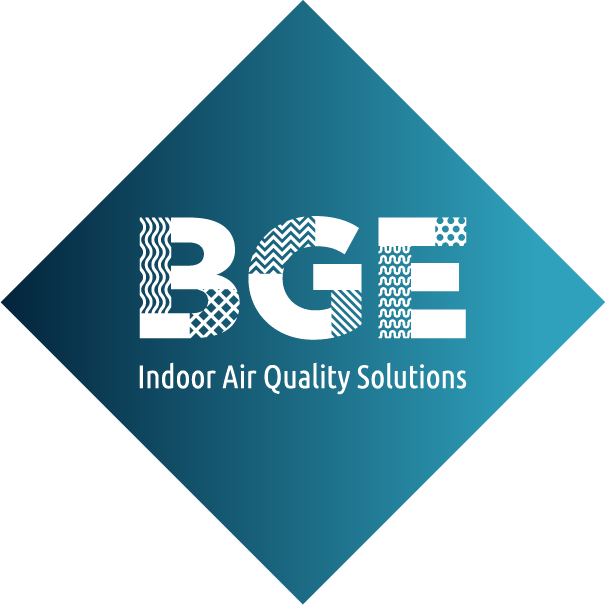How should you think about the right air purifier for your environment? It’s easy to get caught up in marketing claims and feature lists. But we feel it’s more important to understand the basics of what air purifiers do, and what you really need.
Here are some things to focus on when it comes to air purifier product knowledge and understanding:
What is the air purifier’s primary filtration or “purification” mechanism(s)?
In other words, what is the primary technology you will be relying on make sure your air is actually purified or cleaned (from viruses, fine dust, odors, etc., as per assessed needs)? This question is big enough to warrant its own separate article, but for now, and in the context of COVID-19, we would recommend focusing on HEPA filtration for particles and carbon/chemical systems specifically for odours.
ASHRAE and the CDC have both endorsed only HEPA as the appropriate mechanism for occupied space/room air purification.
What is the quality and efficacy of the media or system? How much filtration and purification does it actually provide?
What this really means is, “Do I want to get rid of 90% or 95% of particles, viruses and such, or closer to 100%?” And when you’re looking at an air purifier, the question becomes, “Do I need a HEPA filter that by itself is rated to 99.95+% efficiency or do I really need a system that will capture 99.95+% of COVID and virus particles, plus fine dust, mold, etc. particles?”
The former means the filter itself has good potential, while the latter means the system as a whole has proper seals and testing to provide assurance that the HEPA inside of it will do the job it’s designed to do.
How “big” is the system? How powerful? How much air flow?
These are tough questions to answer unless you’ve had a proper assessment of your space to tell you what you need, and how these prospective units match up to those requirements. When you’re looking at spec and sell sheets, the data may not always be presented in a consistent manner to help you with simple comparisons.
For example:
- Company “A” may say their unit is good for 200 square feet of space, based on assumptions of 8-foot ceilings and two “air changes” per hour.
- Company “B” may also say theirs is good for 200 square feet, but is using 10-foot ceilings and an assumption of four “air changes” per hour.
In this example, Company “B”’s product pumps out more than twice as much air flow as company “A”’s. But the underlying assumptions may not always be readily visible to the potential buyer. Buying based on “square feet” stated coverage alone is probably the wrong move. What we’re really interested in is whether or not the unit can support our desired number of air changes per hour.
How much filtration media is in it and how long will the media last and remain effective?
HEPA filters use costly materials and production methods, which is why changing up media size is a great way for manufacturers to save money and offer a significantly lower price. But the size of the media is a critical factor in how effective the unit will be. T
It is important to have a clear understanding of:
- How much media is actually in the unit;
- When you need to change it;
- How often you will want to change it out; and
- The cost of changing it
What air flow pattern, direction, volume and force (turbulence) does the air purifier produce?
Ultimately, your air purifier is there to augment whatever ventilation you already have in place. That means that the air flow pattern it creates, along with direction, volume and force, will all have to play nicely with your HVAC system’s outputs.
What other features and specifications does this air purifier have?
Do you care about how quiet or noisy the unit is? What it looks like? It’s physical footprint? Mobility? There are a whole host of specifications that may or may not matter to you and your application. Weigh these into the evaluation as needed.
In summary, you need to first assess and nail down the application, the space, the needs and desired outcomes. Once you do that, you have some clear criteria to weigh options against and find the best-fit solution.




